What to do to mobilize investment resources for green transport?
3 scenarios and 4 solutions to get to net zero emissions
Speaking at the seminar "Developing green transport: Challenges and solutions to attract investment resources", Minister of Transport Nguyen Van Thang said that developing green transport is an important foundation for building a green economy. Implementing Vietnam's commitments at COP 26, the Prime Minister issued Decision No. 876/QD-TTg approving the action program on green energy conversion, reducing carbon and methane emissions in the transport sector, with the goal of developing a green transport system, aiming to achieve the goal of bringing net greenhouse gas emissions to zero by 2050.
In the field of transport infrastructure development, especially green transport, the Ministry of Transport has built urban railways, deployed hundreds of electric buses, and tens of thousands of electric cars in operation. However, compared to the set target, this is only the initial result, it is necessary to continue to allocate resources and policies to encourage people and businesses, including those that produce and use vehicles.
According to Prof. Dr. Le Anh Tuan, Chairman of the Council of Hanoi University of Science and Technology, according to 2021 data, energy consumption in the transport sector ranked second (16.5%), just behind industry (51.4%), Of which, more than 95% of the transport sector's energy demand depends on fossil fuels. Therefore, the goal is to develop a scenario to reduce greenhouse gas emissions in transport by 2050 towards net zero emissions, applicable to 5 sectors: road, railway, inland waterway, coastal waterway and aviation.
According to Prof. Dr. Le Anh Tuan, there are 3 scenarios proposed for the goal of reducing emissions to zero, including: BAU scenario (developing transport towards conventional emissions), national self-implementation scenario (NTL scenario - reducing emissions using domestic resources) and scenario towards net zero emissions (PTR0 scenario - with international support). These scenarios use 4 main solutions including: efficient energy use, converting personal vehicles to public ones, converting freight transport from road to waterway, and converting fuel and energy.
Forecasting the results for the period 2025 - 2050, in terms of passenger traffic, road transport always accounts for the largest market share (over 85%) and there is no significant difference between the 3 scenarios. With the NLTN and PTR0 scenarios, aviation accounts for the second highest market share, but tends to decrease and give way to rail transport. In terms of freight traffic, road, coastal and inland waterways are the sectors with the largest market share in all 3 scenarios. However, with the PTR0 scenario, there is a shift towards a decrease in road market share and a clear increase in rail market share.
The investment cost for the 2025 - 2050 periods for the NLTN scenario is about USD 1,176.17 billion. The PTR0 scenario has a cost of USD 1,225.37 billion, higher than the NLTN scenario but will basically aim to achieve the goal of "0" emissions by 2050.
“To implement these scenarios, it is necessary to have state management, inter-sectoral coordination; mechanisms for resource mobilization and investment capital allocation; development of science and technology, timely response to green transformation in the transport sector; training of human resources suitable for green energy transformation in transport; international cooperation; implementation monitoring mechanism; as well as communication to raise awareness and attract community participation,” added Prof. Dr. Le Anh Tuan.
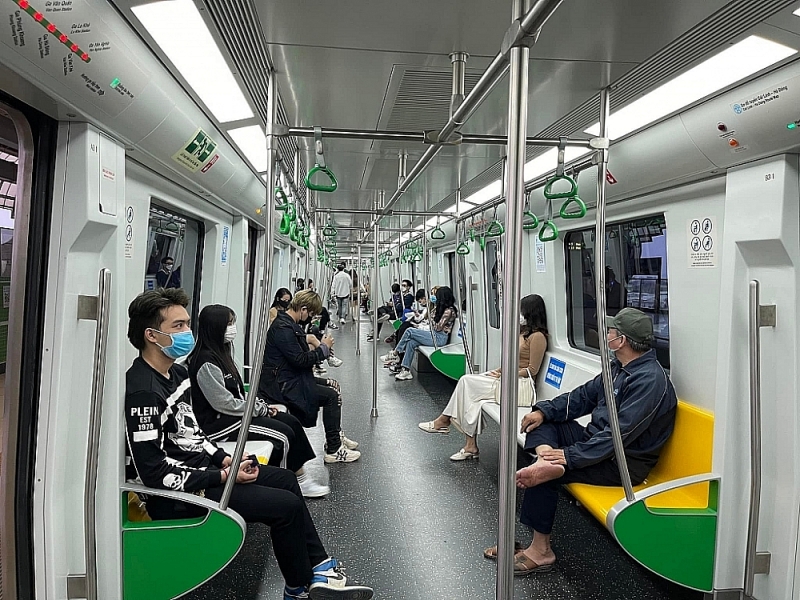 |
| The operation of elevated railway lines is currently producing positive results in gradually changing transport usage habits. Illustration photo: XT |
Mobilizing all capital sources from economic sectors
According to Mr. Luu Quang Thin, Deputy Director of the Department of Planning and Investment (Ministry of Transport), the orientation for developing transport infrastructure to 2030 with a vision to 2050, the goal is to develop a reasonable transport infrastructure system, ensuring balance and harmony, taking advantage of the advantages of transport modes, and increasing the rate of public passenger transport in large cities. Specifically, by 2030, the country will strive to have about 5,000km of expressways, continuing to invest in expressways connecting with major economic centers, seaports, airports, and international border gates with large freight transport needs such as, combining synchronous investment with electric charging infrastructure, providing green energy on expressways to support the conversion of road vehicles. It is estimated that according to the plan, the total investment of projects to 2030 will be about USD 24.8 billion; by 2050 to about USD 33.64 billion.
In particular, railway is a type of transport with advantages in transporting large volumes, fast, safe, convenient, reasonable cost, reducing environmental pollution, so it will be one of the investment priorities. Specifically, the focus will be on building the North-South high-speed railway line, accelerating the investment progress of urban railway lines in Hanoi and Ho Chi Minh City to reduce traffic congestion, connecting with high-speed railway lines to form a convenient passenger transport network nationwide; investing in new railway lines, electrification to connect important seaports, connecting airports; renovating and upgrading existing railway lines to synchronize infrastructure using electricity and green energy. According to calculations, the total investment of projects by 2030 will be about USD 151.2 billion (including urban railways); by 2050, it will be about USD 312 billion.
With the use of electric energy, investment in the railway sector is one of the optimal solutions to convert transportation methods in the context that Vietnam is prioritizing the development of a low-carbon economy, achieving net emissions of "0" by 2050...
Regarding resource use, according to the Deputy Director of the Department of Planning and Investment, priority will be given to allocating state budget capital to transport infrastructure projects that are unlikely to recover capital or are unlikely to attract capital from economic sectors; priority will be given to infrastructure development projects to implement commitments on carbon emission reduction targets (such as national railways and urban railways). At the same time, all capital sources will be mobilized from economic sectors to participate in investment in transport infrastructure development with maximum investment incentives. In addition, it will continue to attract and effectively use ODA loans and preferential loans from international donors to invest in large projects with widespread impact; effectively exploit resources from infrastructure assets. Research and develop mechanisms to maximize investment resource mobilization in accordance with the characteristics of each transport sector, with international competitiveness; Develop and publish a list of transport infrastructure development projects to call for investment under the PPP method and foreign investment for the period up to 2030 and after 2030.
Related News

An investigation into the maritime accident involving 42 cars has been requested
09:19 | 24/09/2024 Anti-Smuggling
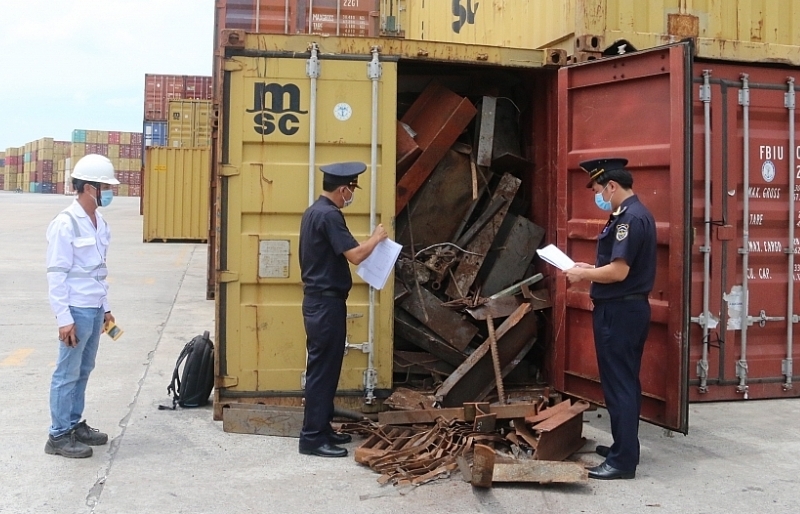
Reviewing the list of scrap that is temporarily suspended from temporary import and re-export business
15:41 | 24/03/2024 Regulations
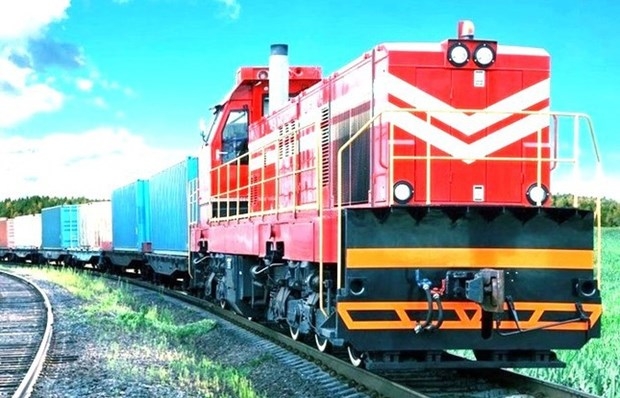
Binh Duong transports 400 tonnes of farm produce to China by railway daily
16:26 | 17/07/2023 Import-Export
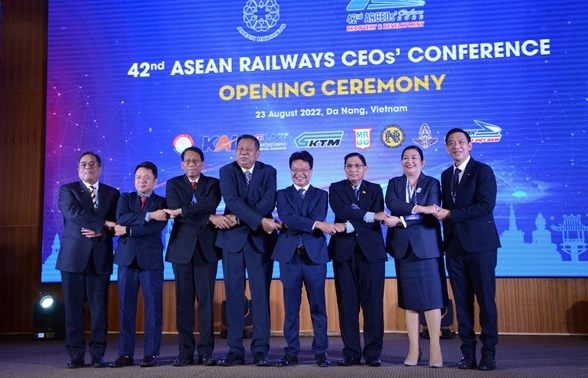
Da Nang hosts 42nd ASEAN Railway CEOs" Conference
16:07 | 23/08/2022 Headlines
Latest News
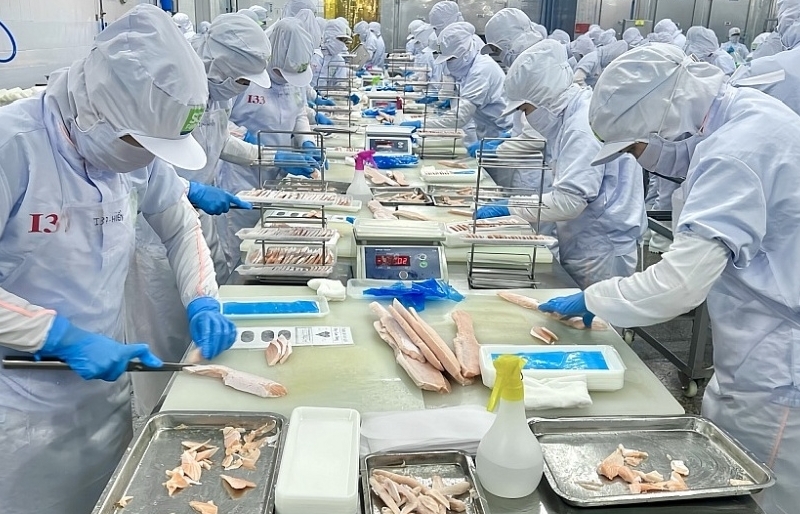
Enterprises focus on Tet care for employees
18:59 | 22/12/2024 Headlines

Experts point out economic growth drivers, challenges for next year
18:57 | 22/12/2024 Headlines

Việt Nam’s GDP growth to outpace region peers: Oxford Economics
20:30 | 21/12/2024 Headlines

PM asks efforts to achieve more than 8 per cent economic growth in 2025
20:27 | 21/12/2024 Headlines
More News

Việt Nam's administrative restructuring will not impact foreign investors, says Foreign Ministry
20:25 | 21/12/2024 Headlines

Vietnam’s GDP growth to outpace region peers: Oxford Economics
09:39 | 20/12/2024 Headlines

Government Party Organisation must be elite, streamlined, ensure effective operations: PM
09:34 | 20/12/2024 Headlines

Vietnam among Asia’s 15 largest economies
15:42 | 19/12/2024 Headlines

Chinese media praises Vietnam’s economic achievements, outlook
15:40 | 19/12/2024 Headlines

Vietnam International Defence Expo 2024 opens
15:37 | 19/12/2024 Headlines

Vietnam sees growing number of Chinese investors: forum
15:37 | 18/12/2024 Headlines

Border gate planning: Issues for Lang Son
10:02 | 17/12/2024 Headlines

Vietnam’s GDP growth poised for robust growth in 2024: officials
13:50 | 16/12/2024 Headlines
Your care

Enterprises focus on Tet care for employees
18:59 | 22/12/2024 Headlines

Experts point out economic growth drivers, challenges for next year
18:57 | 22/12/2024 Headlines

Việt Nam’s GDP growth to outpace region peers: Oxford Economics
20:30 | 21/12/2024 Headlines

PM asks efforts to achieve more than 8 per cent economic growth in 2025
20:27 | 21/12/2024 Headlines

Việt Nam's administrative restructuring will not impact foreign investors, says Foreign Ministry
20:25 | 21/12/2024 Headlines





